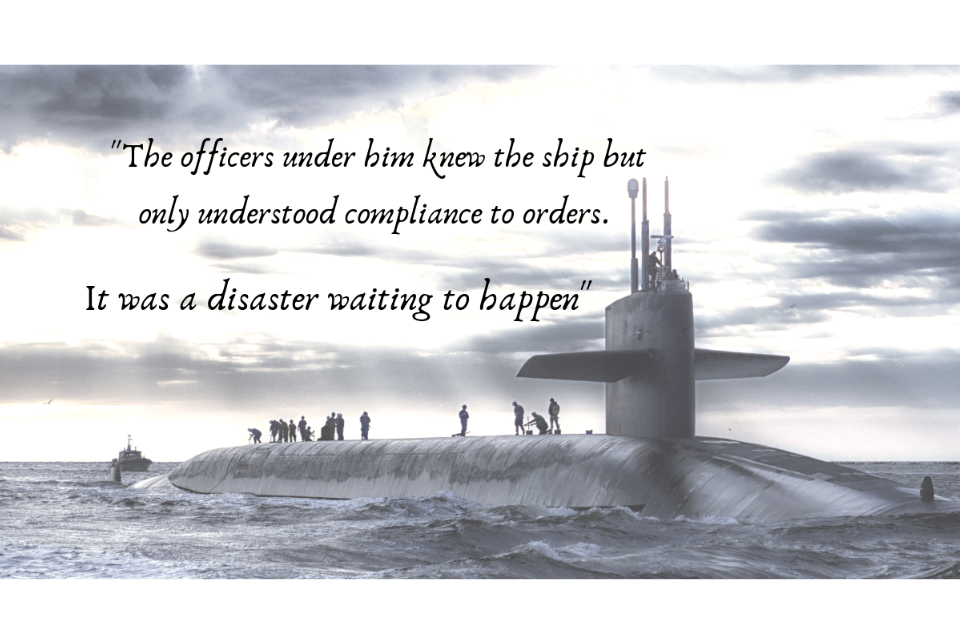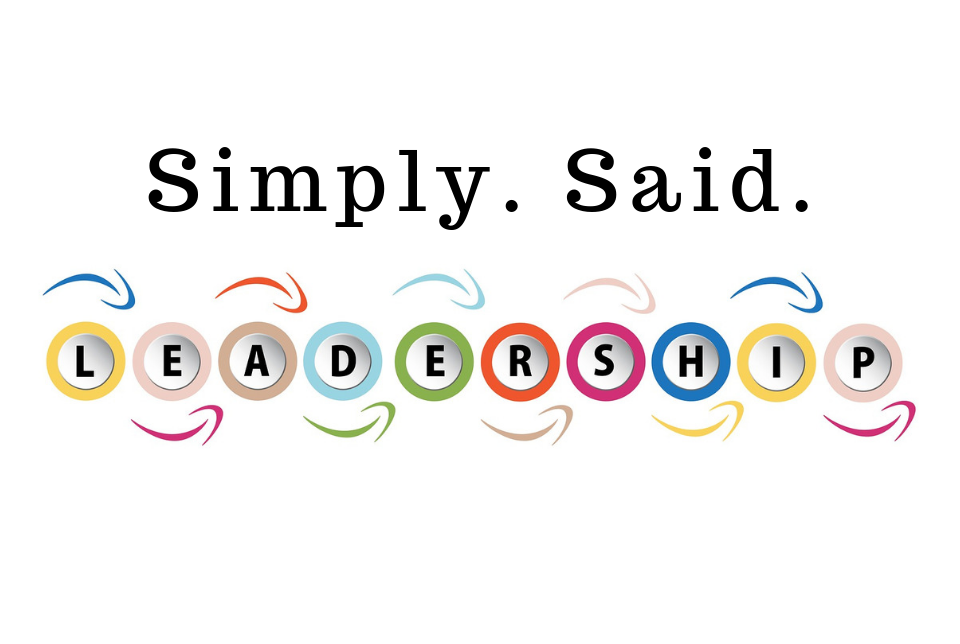Engaging the Disengaged Worker
What does it feel like to be fully engaged in your work?
You know the feeling. When at work you have a high level of energy and focus. You care deeply about the problems you are trying to solve and you are digging deep to discover new creative ways to address them. You are amazed that the time goes by so quickly. Yes, sometimes the work is frustrating and others can seem to get in your way, but you are not deterred by this. You are on a mission and your mission fits well within the mission of your group or organization.
Engagement is energy. Engagement is exciting. Some call it passion, or commitment, or drive. It is a motivation that provides its own reward. To be engaged in a meaningful enterprise is a goal worth sacrificing for. Engagement defines a life well lived.
So, why do so few people report that they are highly engaged in their work?
The joke is, well that’s why they call it work! As if the word itself is a synonym for drudgery and despair. It shouldn’t be this way. But, unfortunately across the world today, it is. According to the 2017 State of the Global Workplace by the Gallup organization, only 15% of workers throughout the world self-report as being “highly involved in and enthusiastic about their work” (2017, p. 5) which is how Gallup defines the engaged worker. Only 15% engaged? Where does that leave the other 85% of workers? Gallup reports that the other 85% of workers is made up of two different groups. 67% (two out of three) workers are disengaged, while 18% are what Gallup calls actively disengaged.
Now, we need to unpack these titles a bit. We know that the engaged worker is involved and enthusiastic about their work. They bring passion, caring and creativity to the job. They are the kind of workers we desire most. In contrast, the disengaged worker shows up and does the minimum needed to keep the paycheck coming. They are not necessarily a problem, but they only bring their minimal selves to the workplace. They view and practice the workplace transactionally. I will do the basic requirements of my job and you will give me a paycheck. Through this, we all will gain something, but not very much. This, of course, is the highest number of workers according to the Gallup study. Not an encouraging statistic to be sure.
But, there are also 18% (a number higher than the engaged workers) who are called actively disengaged. This category of worker is not neutral, they are negative about the job and the workplace and they are actively working against it. They complain, create negative relationships and work to undercut the positive gains promoted by the engaged workers and their leaders. This is an untenable situation. We now have more employees working against our organizations than we have working for them. We need more engaged workers, but how do we engage the disengaged worker?
Gallup states that “hierarchical boss-employee relationships stifle innovation and productivity and discourage employee engagement. They reward obedience more than outcome” (2017, p. 160). Yes, it all comes down to leadership.
How we lead our workers will determine in large measure their levels of engagement with the work, with the leaders, and with the workplace.
Servant Leader Performance promotes a way of leading that discourages hierarchical boss-employee relationships and substitutes empowerment and the building of adult partnerships between workers and leaders. It is only through leading differently that we can hope to see workers engage differently. It begins with us as leaders and our mindset of leading. Is our leadership mindset one of an autocratic (self-first) leader, a paternalistic (benevolent parent) leader or a servant (empowering partner) leader?
The active engagement of our workers is critical to our organizational performance and it is up to us as leaders to create this high level of worker engagement.
Your fellow servant,
Jim⠀⠀⠀ ⠀⠀
__________________________________________________________________________
Gallup. (2017). State of the global workplace. New York, NY: Gallup Press.
Laub, J.A. (2017). 40 days toward a servant leader mindset. Jupiter, Florida: Servant Leader Performance.
Laub, J.A. (2018) Leveraging the power of servant leadership: Building high performance organizations. Cham, Switzerland: Palgrave MacMillan.
⠀⠀ ⠀⠀⠀⠀ ⠀⠀⠀⠀ ⠀⠀⠀⠀ ⠀⠀⠀⠀ ⠀⠀⠀⠀ ⠀⠀⠀⠀






